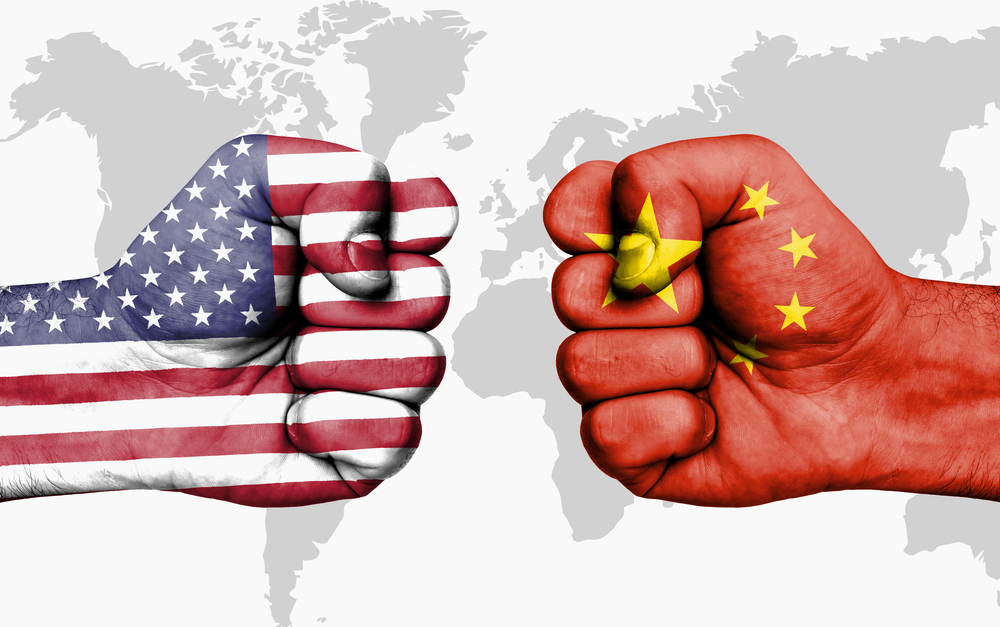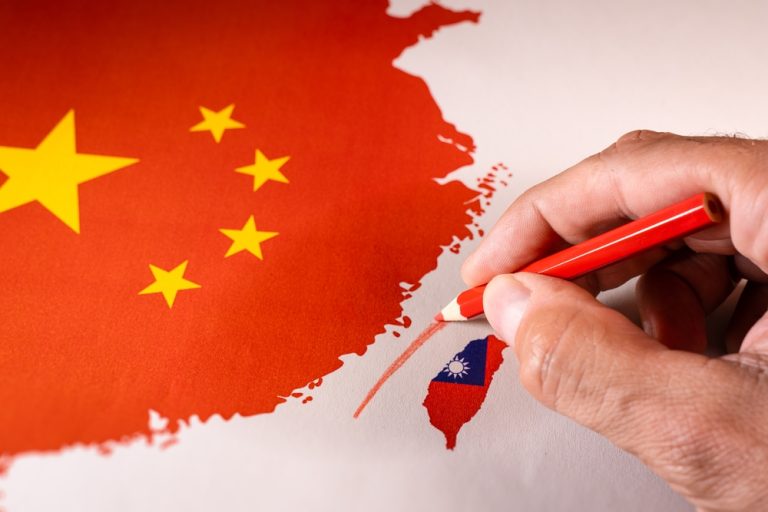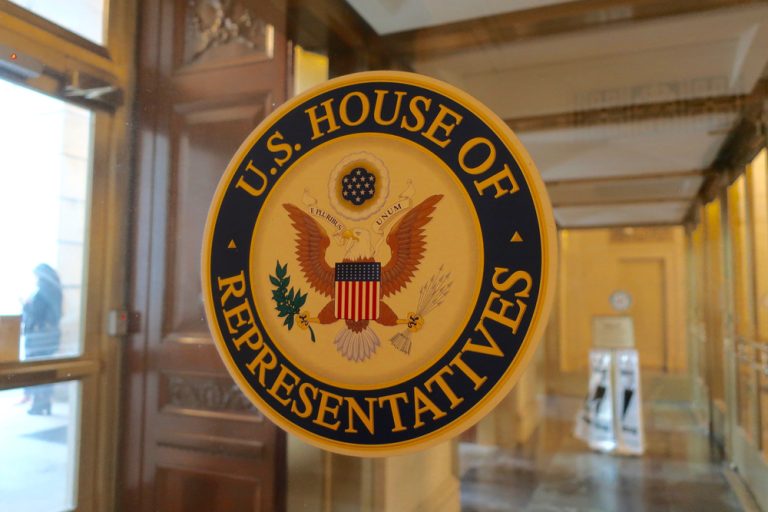
The meeting between Biden and Xi Jinping ended with nothing and was just an attraction of primitive populism
Back in early November, San Francisco began to prepare for the landmark APEC summit, which was positioned as a chance to normalize relations between the United States and China. The main intrigue of the summit was to be the meeting between Biden and Xi Jinping. However, the choice of the venue for the talks was frankly unfortunate. Almost immediately, the police and social services hastily began to clean the center of San Francisco from 10,000 of homeless drug addicts, who had to be sent far away for the duration of the summit so that they would not spoil the picture and would return only after the summit was over. Against this backdrop, the Chinese media poked fun at the state of San Francisco, calling it a “ruined and extinct” city, because San Francisco has lost quite a bit of population since the COVID-19 pandemic began. Cell phone activity in the city is now only a third of what it was in the winter of 2019, and 95 major retailers have already left San Francisco to escape the constant raids of looters and robbers. Public transportation ridership has collapsed by 65%, and even officials are being urged not to visit the office because it’s simply not safe due to rampant crime and drug use. “Zombieland” in the heart of San Francisco, with homeless people dying of opiate overdoses, is the epitome of the decline of liberal America, which Beijing is trying to replace on the international stage. And that is why it was symbolic that an international summit will be held here, where China will be tried to persuade it not to open hostilities in Taiwan while the U.S. is indirectly involved in two wars in Ukraine and Israel. One must understand that this symbolism was not in the American favor. In addition, the fight over the disputed islands in the South China Sea is only gaining momentum, and in January, elections will be held in Taiwan, and after them, if the pro-American forces win, we cannot rule out a forceful scenario.
Washington is concerned about China’s strengthening not only in the Pacific, but also in the Middle East amid the instability that arose there in the fall due to the Hamas attack on Israel and the IDF’s retaliatory operation. Thus, the Celestial Empire has planned to build a military base in Oman, which will allow China to strengthen control over the Strait of Hormuz, through which a considerable part of energy resources flows to Asia. Moreover, Oman maintains military ties with the U.S., but the country maintains neutrality, for the maintenance of which it may benefit from the appearance of the Chinese base. Beijing is also working on the construction of a military facility in the UAE. China has also tried to enter Israel, from where it received military technology to circumvent sanctions, but the Americans blocked it. China is demonstratively conducting exercises in the Persian Gulf against the backdrop of the war in Gaza. Arab countries unhappy with Biden’s policies are participating. The White House’s attempts to hastily buy the conflict have so far led nowhere, and have further complicated the U.S. position in the Middle East. It was in this political atmosphere that the long-awaited meeting between Biden and Xi Jinping was scheduled for November 15. Indeed, the mood in Washington was such that no one was expecting any special breakthroughs, and they wanted to agree with China on holding elections in Taiwan without escalation, which was the limit of Washington’s requests. But even realizing this, militarists and escalation advocates in Congress demanded that Biden raise the issue of the base in Oman, which could derail any negotiations at all. U.S. weakness and a permanent crisis are hitting Biden’s ratings. In the last CNN poll before the APEC summit, Trump began to overtake Biden by 4 points, with 49% against 45% for his main rival. At the same time, only 25% of Americans believe that Biden has the strength to run the country. A year before the election, he had already turned into a “lame duck” with which the rest of the world sees no point in seriously negotiating, and the very fact of his talks with Xi Jinping was already seen as his political victory, regardless of the concrete results of the meeting.

For some time, many had doubts about the reality of the meeting, but on November 10, it became clear that it would take place and it would be Xi’s first visit to the U.S. in 6 years, which makes this event doubly significant. Even before the visit, the White House began to ask Beijing to help with the opioid crisis, which claims the lives of a hundred thousand Americans every year, and is largely provoked by the drug business, which is covered by Chinese intelligence agencies. Thus, the ingredients for synthetic opiates mainly come from China, but without the lifting of sanctions the Celestial Empire is unlikely to go along with Biden, their systemic lifting was not even planned. In addition, for the Chinese it is a way to avenge the West for the opium wars of the XIX century. They also planned to discuss the “green agenda” along with the regulation of artificial intelligence, where the U.S. is afraid of falling behind China. In exchange, Xi Jinping could well demand that Washington stop actively supporting the ruling Democratic Progressive Party in Taiwan, which favors a complete break with China. But it is worth noting that the White House did make certain symbolic steps toward China, which were supposed to create a positive background for the negotiations. For example, the new chairman of the Pentagon’s Joint Chiefs of Staff, Charles Brown, who replaced Mark Milley, announced that he intended to prevent a war around Taiwan, and in practical terms Washington stopped threatening Hong Kong with sanctions for fighting dissidents, which is important for China in the light of attracting Western investment. But everyone understood that no meaningful compromise was to be expected, and China would not tolerate the victory of pro-American forces in the Taiwanese elections, and the United States would not tolerate the success of the Kuomintang or even the moderately pro-Chinese People’s Party. The military competition only intensified, and Biden simply had nothing to offer Beijing in exchange, because the president was attacked by the anti-China lobby for any even the smallest real indulgences. In this light, it was left to negotiate on small things while the two countries prepared for the continuation of the fiercest confrontation. Yet the meeting, which at first glance was almost useless, turned out to be necessary for both sides. Biden needed it to show his voters, among whom there are many pacifists and liberals that he is looking for a “constructive solution” with the Chinese, while Xi Jinping simply wanted to support an American presidential candidate who is much more favorable to him than a radical and aggressive Republican.
In the end, the White House offered China a deal that included a joint effort to combat the fentanyl fever that is raging in the United States. Ironically, the summit itself was held in San Francisco, which has been particularly affected by the opioid crisis, and in general, a hundred thousand Americans now die from overdoses of the drug each year. As was mentioned earlier, the raw materials for synthetic opioids come from China and are then purchased by Mexican drug cartels which make billions of dollars off of American addicts. Biden’s team pleaded with China to shut down drug labs, controlled by the triads, and therefore cut off or at least reduces the flow of fentanyl. In exchange, the White House promised to lift sanctions on China’s security agencies, which under Trump were accused of persecuting Uyghurs. The deal immediately drew a fierce Republican backlash and even a separate congressional investigation, with Trump promising to sharply tighten sanctions against China and launch a military decertification operation in northern Mexico if he wins. Many Republicans rightly point out that the Chinese will not give up either domestic religious repression or military activity near U.S. borders. Separate compromises could be made on regulating artificial intelligence, where the U.S. was concerned about the creation of AI-enabled nuclear warheads by the Chinese, and on the “green agenda”. China could be induced to make some concessions because it was interested in restoring the flow of foreign investments and guarantees that they would not fall under sanctions. After all, China has recently experienced a rather sharp decline in foreign investment, which slows down the pace of its economic growth. However, these were only episodes, and a telling fact was the fact that during the summit on November 16, new sanctions against chip exports to China came into force. In January, there will be elections in Taiwan and a new round of escalation, no matter what “peaceful” statements are made at the end of the negotiations. And then America will plunge into its electoral cycle, which will make the situation in the country even more unstable. So, Xi’s current visit to the United States may well turn out to be his last.

At the start of the summit, Biden was met with a very cool reception in San Francisco, because the locals were unhappy with the attempts to cleanse the city of homeless people for the sake of showing off to foreigners. Governor Gavin Newsom, who welcomed Xi Jinping upon his arrival, also got a bad reputation, with his ratings recently falling below 50%. Before the meeting between Biden and Xi Jinping, the draft U.S.-China climate resolution became known. It calls for tripling the share of renewable energy by 2030 and reducing methane emissions, but it should be understood that this is only a set of recommendations, which does not commit anyone to anything, and may remain unrealized against the background of the “green energy” crisis. It was also possible to adopt similar symbolic resolutions on limiting the creation of drones with artificial intelligence. The key issue for the U.S., however, was expected to boil down to help with the opioid crisis. For China, similarly important was the resumption of foreign investment inflows, which became negative for the first time in 25 years due to sanctions, although in 2021 they exceeded 100 billion dollars. Separate was the issue of Taiwan, where the U.S. and China are engaged in a fierce struggle in the upcoming elections in January. The Americans do not plan to lift sanctions, nor do they plan to concede in the military sphere and geopolitics, but China is not going to end the fight either. That is why the preliminary results of the summit looked rather formal, and there were a lot of good resolutions, but very few specifics and no “reset”.
In the end, the negotiations between the U.S. and Chinese leaders were very chaotic and fruitless, and failed to meet even many modest expectations. They agreed only on opening a military communication channel, which was interrupted due to the hysteria over stratostats and the appearance of a Chinese base in Cuba, and which hides only a formal declaration without any real content. Otherwise, little progress has been made. Biden declared “progress” in fighting fentanyl fever and regulating artificial intelligence, but without any specifics. But, at the same time, he immediately caused a new scandal by again calling Xi Jinping a dictator. This time Biden tried to develop the idea that Xi is just the leader of a communist country, which is very different from America. Biden wanted to show that he did not like the Chinese system, but that he was willing to cooperate with Xi to promote U.S. interests, which gave him the image of both a fighter against China and a man who could solve everything through peace and negotiation. However, throwing such statements immediately after the summit looked very strange, and it seemed as if Biden was annoyed with the outcome of the summit. Taiwan was also discussed, where the White House urged China not to interfere in the elections, although the same Xi demands from the Americans, perfectly realizing that both sides will interfere very actively in these crucial elections for the island. But the most disturbing sign for both sides was that the topic of war over Taiwan was already being seriously discussed. Overall, the current summit can hardly be called a success, and no firm agreements were reached. China can help the U.S. in the fight against drugs, but is unlikely to do so, because in return it will be difficult to increase the flow of U.S. investments after Biden’s “dictatorial” remarks. The issue of Taiwan and the inevitable election crisis continues to hang over the two powers caught in a new cold war. The elections of this month in Taiwan will obviously end in a major international crisis, and then America will plunge into its electoral cycle, which may end with a possible victory of the Republicans, who are tough opponents of China. It is unlikely that the APEC summit somehow reversed the trend toward confrontation, and the entourage of the summit, held in the most troubled metropolis of the United States, rather convinced the audience that America is in a deep crisis, which has sharply worsened in the Biden era, prone to theatrical populism rather than real action.


Average Rating